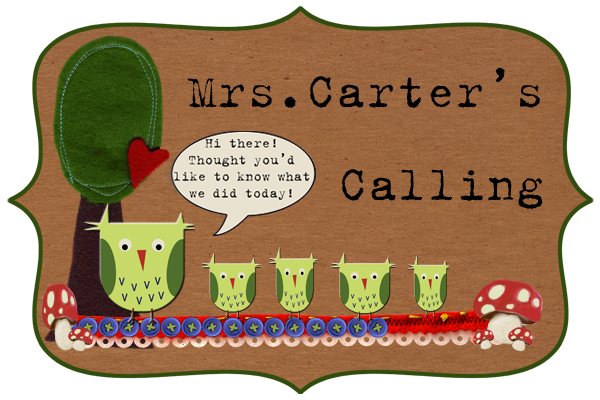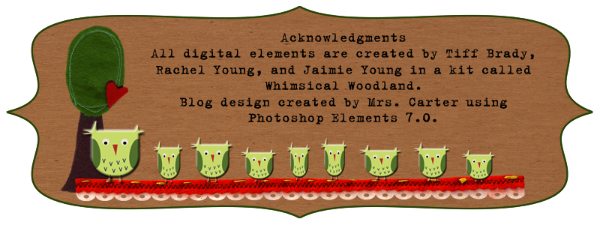http://www.education.com/Writing in First Grade: It Takes Practice
by Hank Schlinger, Ph.D. This link will take you directly to this article.
"For many children, first grade is the time when they begin to learn academic skills such as reading and writing. It’s also the time when differences between their own work and that of their peers start to become apparent. Some children learn certain skills faster and some seem to learn them better. These aren’t differences in inborn ability; they arise mostly from differences in direct experience. Poor performance in a particular area is not necessarily a life sentence. But it can feel that way to a first grader.
Take writing.
In first grade, children pick up the pencil in earnest. They learn to print uppercase and lowercase letters. Parents expect teachers to teach this skill, but unfortunately it does not always happen. Thus parents must step in and help.
The old adage “practice makes perfect” is true. Consequently, parents must arrange opportunities for their children to practice the correct behaviors. Here are some tips for helping your child:
Get specific.
Find out from your child’s teacher how your child is doing with each skill. Be sure to get the teacher to tell you in terms of specific actions, (“She needs to learn to make her capital Ws larger than her lowercase ws”) instead of vague descriptions, such as “Your child needs more work on understanding the difference between uppercase and lowercase letters.”
Stock up.Ask the teacher to provide materials that you can use at home or to advise you about where to buy them. This ensures that you and the teacher are working on the same skills.
Focus.Set aside a specific time with your child when there are no interruptions. Turn off the telephones and televisions and arrange, if possible, for other siblings to be occupied.
Set the stage.Sit by your child and ask her to write a couple of letters you know she can do well and immediately tell her how good she did by specifying exactly what she did that was right, for example, “I like how tall these letters are” or “This line is nice and straight”. Giving a child a few concrete examples of what’s working, is better than heaping on general non-specific praise.
Approach the problem.Move to letters she is having difficulty with. Start with what she can do and then instruct her how she can make it slightly better, for example, “Try making this letter a little taller”. When she follows your instructions and completes the task effectively, praise that behavior. If she’s not quite able to do it yet, model the behavior for her and then ask her to tell you the difference between yours and hers. You can also physically prompt her by guiding her hand with yours to make the correct letter.
Leverage success.Once your child can write the correct letter and can tell you what makes it correct, then move on to the next letter. But always include previous letters when learning and practicing new ones. Also, once she has learned to write a letter, you needn’t praise her skill as much or immediately.The best piece of advice? Keep it short. It’s hard work and you shouldn’t expect sessions to last more than 10 minutes at a time. So get that pencil dancing.
And remember,
make it fun!"
(Hank Schlinger, Ph.D., BCBA, a Board Certified Behavior Analyst, directs the Masters Program in Applied Behavior Analysis in the Psychology Department at California State University, Los Angeles. He is the author of the book, "A Behavior-Analytic View of Child Development", as well as numerous scientific articles and popular columns.)
1st Grade Writing: What Happens
by Amy JamesFollow this link to the direct article!
"It's easy to think, “Okay, I taught/helped teach my child to read, whew – I'm glad that is over.” But writing might be the hardest thing your child does all day. By combining reading skills with small motor skills and adding in spelling, your child is just learning to communicate via the written word – a skill that will be used and refined for the rest of your child's life. When a first grader writes, he or she must simultaneously recall ideas, vocabulary, and rules of spelling, punctuation, and grammar while putting thoughts on paper.
Curriculum varies from state to state, of course, but children working at the standard level at the beginning of first grade:*Name and label objects
*Gather, collect, and share information
*Stay on topic (maintain focus)
*Can write in chronological order
*Incorporate storybook language (for example, “They lived happily ever after”) into their writing
*Think in a more extended fashion than they can write, so some thoughts must be extended orally
By the end of first grade, students working at the standard level:
*Communicate in writing
*Reread their writing to monitor meaning
*Begin to use feedback to change their writing either by adding more text or by making minor revisions
*Revise their writing by inserting text in the middle rather than just at the end
*Make deliberate choices about the language they use
*Use punctuation and capitalization more often than not
(Amy James is a former teacher and a national expert on school curriculum and testing. Her company, Six Things, Inc., provides consulting services for publishers and school districts on compliance with state and national education standards, as well as professional development for K-12 teachers. Reprinted with permission from "First Grade Success: Everything You Need to Know to Help Your Child Learn" by Amy James (Jossey-Bass 2005) )













